PHOTO / MODEL
Images between Art and Nature
Images between Art and Nature
The exhibition of the Library, Archives, Collections of the Hungarian University of Fine Arts and the Doctoral School
„Global Village” – „Études d’après nature” – Art and Photography – Photographers
ARTISTS IN THE EXHIBITION:
ALBERT Ádám, FAJGERNÉ DUDÁS Andrea – MOLNÁR Ágnes Éva, HAÁSZ Katalin, PÁLINKÁS Bence (in cooperation with KIRK Sámuel Leó), PETERNÁK Anna, PETTENDI SZABÓ Péter, SÁNTA Kristóf, SURÁNYI Nóra, SZABÓ Franciska
Photographers from the HUFA Collections
EXHIBITION PRODUCTION TEAM
MAJKÓ Katalin, BOJTOS Anikó, HORVÁTH TAKÁCS Balázs and the HUFA Library. SZEGEDY-MASZÁK Zoltán, SZÜCS Réka and the HUFA Doctoral School. CSENGEL-PLANK Ibolya, FARKAS Zsuzsa, GADÁNYI György, PAPP Júlia and others. Web: Nyíri Géza. Photo: PETTENDI SZABÓ Péter. Restauration, picture preparation: FÜSPÖK Zoltán, SZABÓ Csilla, SZALAI Veronika, ZSÁKOVICS Ferenc. HUFA exhibitions: TÜDŐS Anna Graphic Design: LEPSÉNYI Imre. Exhibition production: GYŐRI István. Curator: PETERNÁK Miklós
MKE Barcsay Terem, Budapest, 1062 Andrássy út 69-71.
Open daily: 10.00 – 18.00 / 10/02/2016. – 15/03/2016
Supported by: National Cultural Found
IntroductionNew works
List of the exhibited photographs
No English version, the titles are in the original language where it was avilable and/or in Hungarian
New works
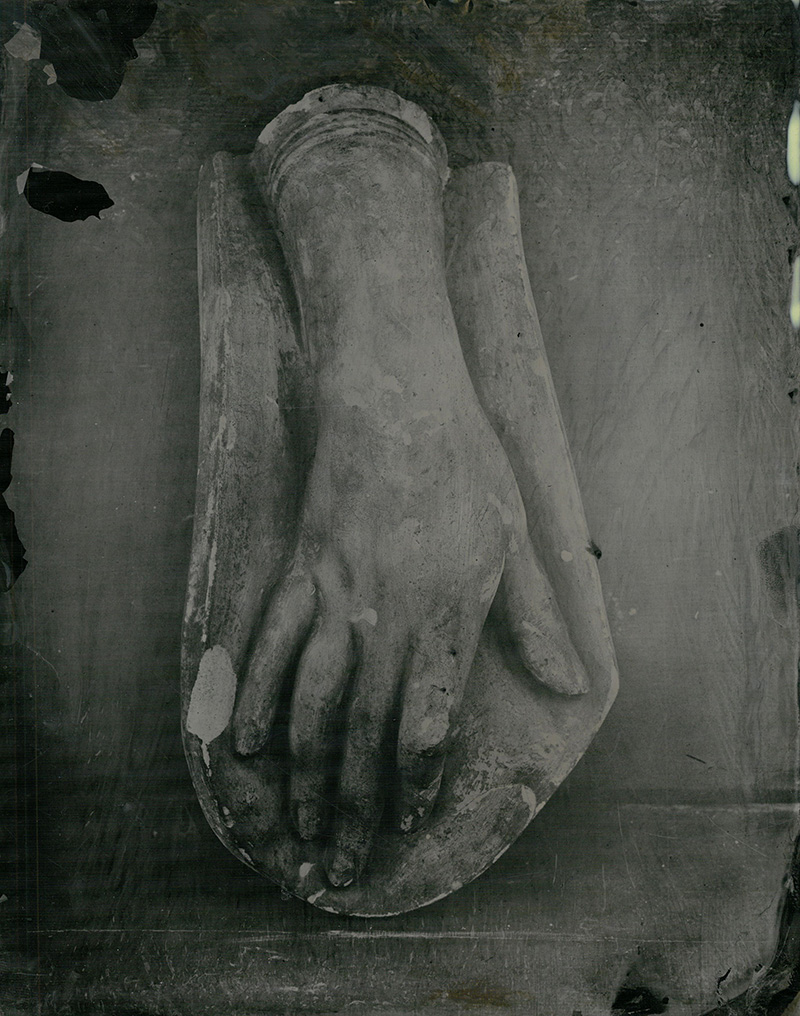
Ádám ALBERT
Picture of a forthcoming series,
2016.
Ambrotype, picture size 30x23,7 cm, frame 57x50 cm
Female hand, plaster, 28 cm long, 18 cm wide, depth: 8 cm. End of 19. century, from the HUFAcollection
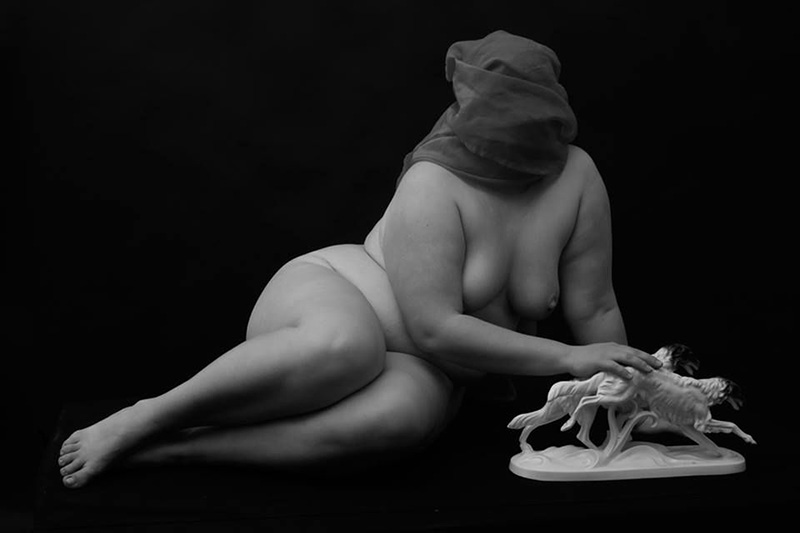
Mrs. Fajger, Andrea DUDÁS (MKE DLA) and Ágnes Éva MOLNÁR (MOME DLA)
SELF-CONSCIOUS BODY
2016
photo, paper
As we investigated the photocollection of the University, we realized that the collection consists only men-made photos. The models, the naked bodies are represented through their patriarchal eyes, therefore there is a difference between the female and male representation. The chosen photos, these female body depictions are the products of the male imagination: the woman appears as the subject of the male gaze, in static, often eroticised pose.
In our work we created a point of view from which the woman lets herself to be seen; a woman, a visual artist has to stand in front of and behind the camera in order to avoid the traditional patriarchal viewpoint of fine art. The task is full with challenges as the patriarchal way of seeing the depictions of women are deeply soaked in our minds despite the fact that other contemporary female artists already devoted their art to this task (e.g. the photoseries in 1975-76 ‘NudeModel’ and the the performance with the same name in 1977 from Orshi Drozdik, as well as her ‘Individual Mythology from 1975-77) and their works have been affecting us.
Our work of art is on the one hand a reflection on the expectations towards the notion of female body today. One of us, Mrs. Fajger, Andrea Dudás, in this case the model, does not want to live up neither to the trends of consumerism, nor to its female body ideals.On the other hand, our photos are conceptual reinterpretations, they bear the same stylistic features as the pieces of the photocollection made around the turn of the century: they pretend to be one of those images photographed for the Female Class of the Modeldrawing School.
Our goal is to present the female body representation that became conscious of itself; the woman is not represented as a defenceless object of a certain (male) desire, but as an active agent of creation full of readiness.
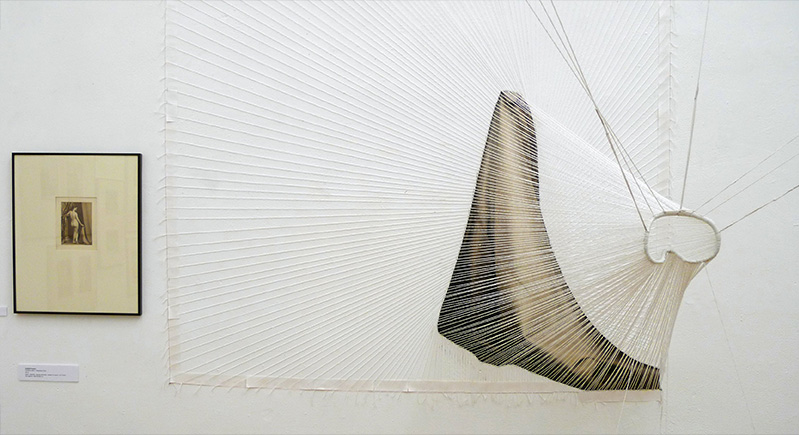

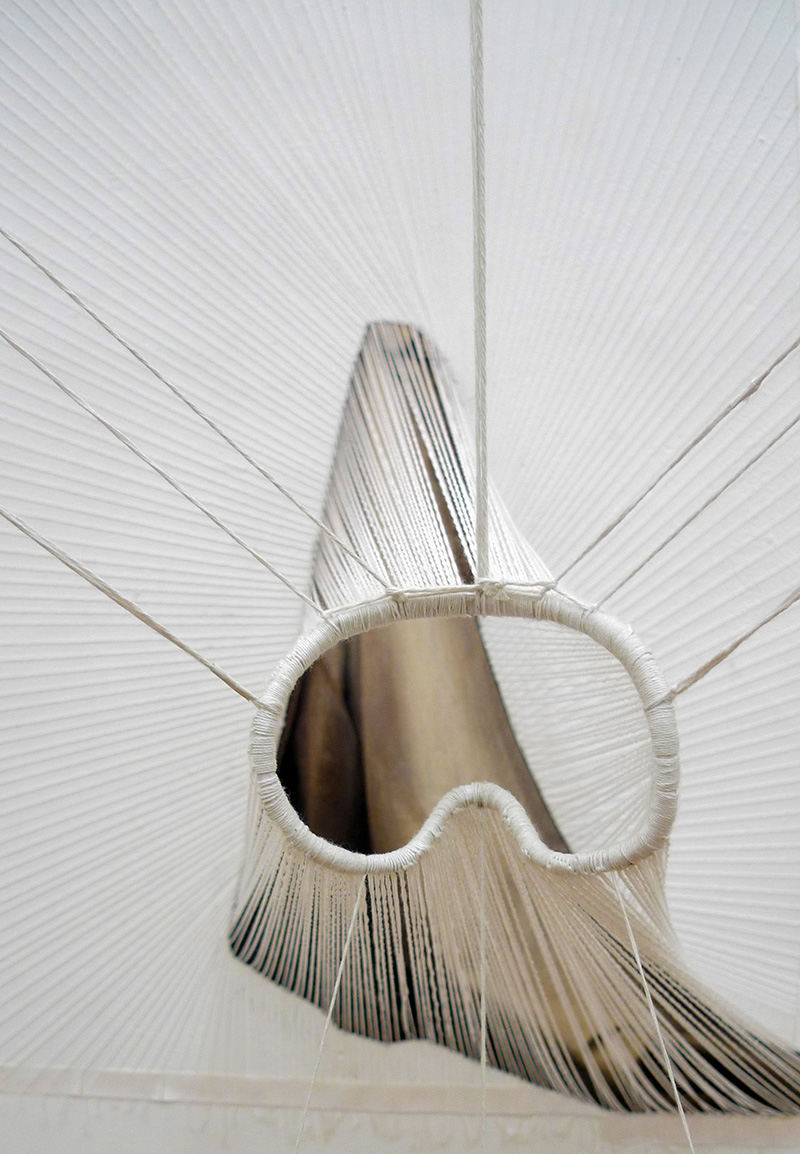
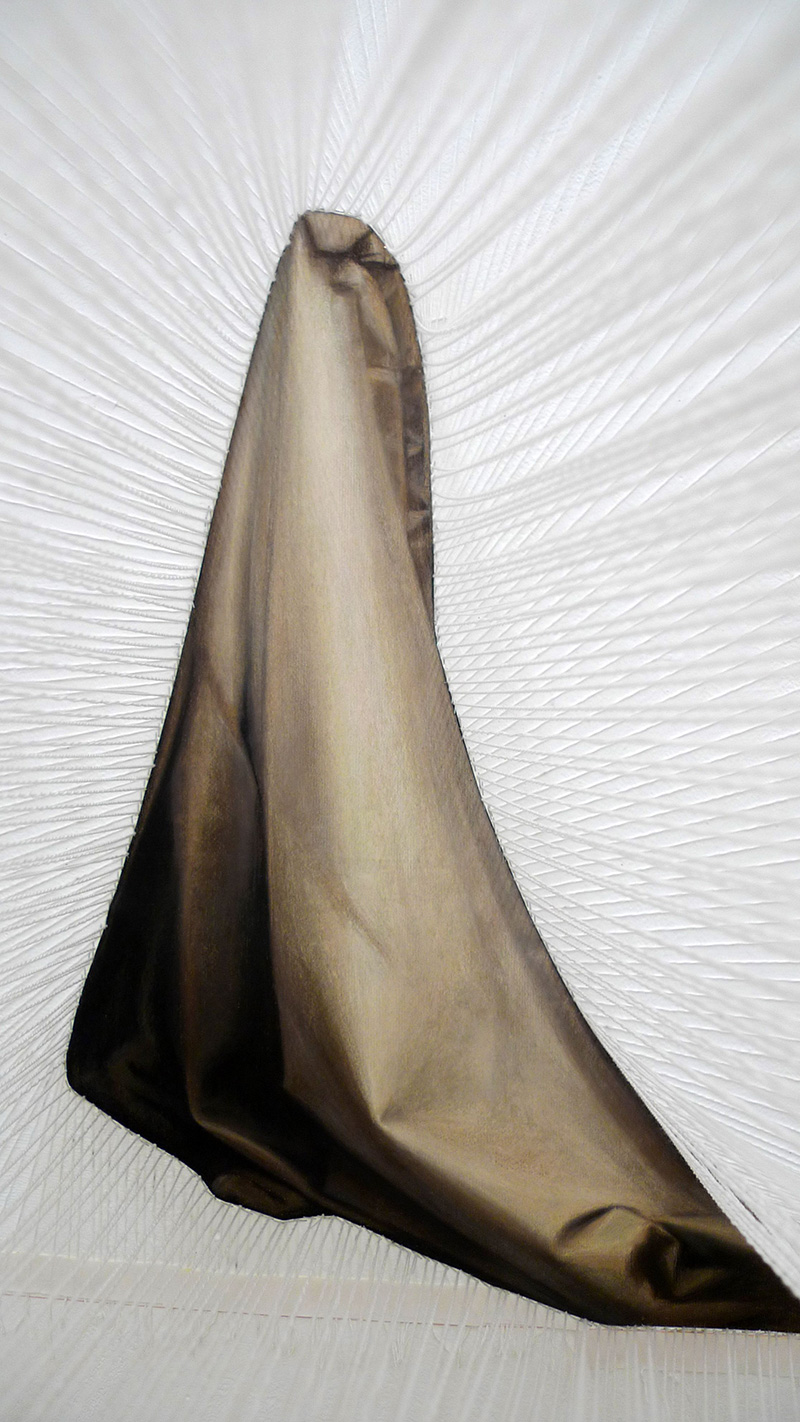
Katalin HAÁSZ
Periphery-Tent
2016
pastel on paper, mix media
approx. 90x70x200 cm
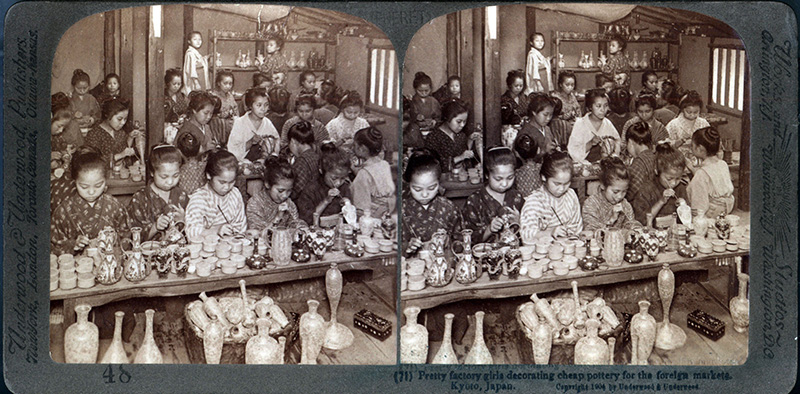
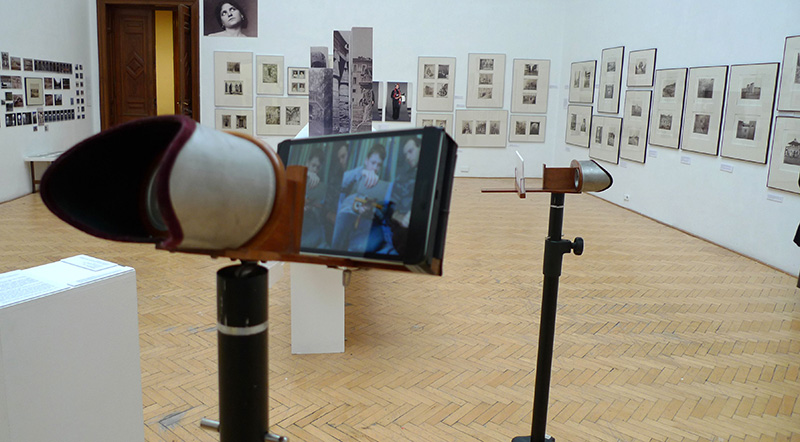
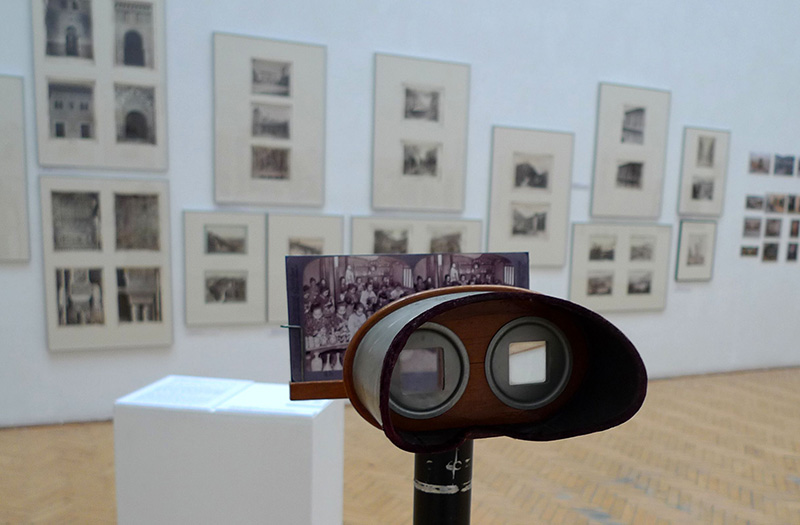
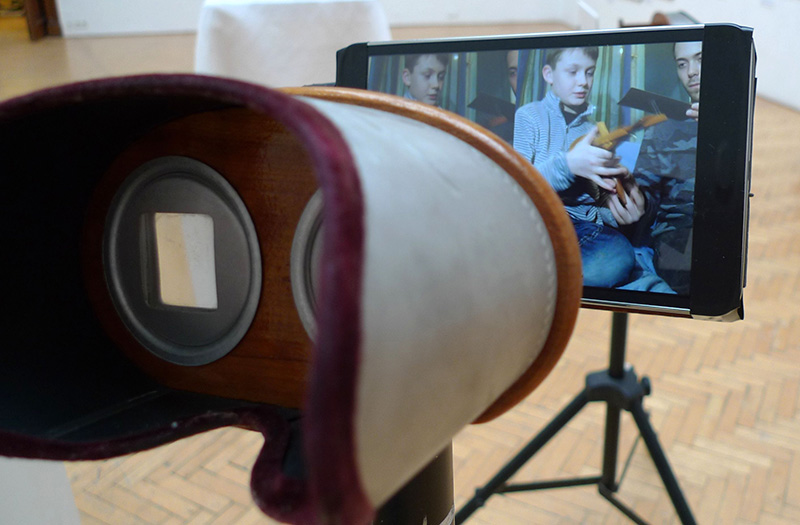
Bence György PÁLINKÁS
In cooperation with: Kirk Sámuel Leó
Pretty factory girls decorating cheap pottery for the foreign markets
2016
3D video, stereoscope
School room travel: Underwood & Underwood's tours of all lands: History-Art-Travel (III.) Pretty factory girls decorating cheap pottery for the foreign markets, Kyoto, Japan, 1904.
The series presents the world through labour typical for certain places. The teacher's guide included in the series recommends the following questions for discussion as part of the “field work” with stereoscope on this photograph. Compare the vases manufactured mainly for sale in Japan with those for exportation. Does the Western world or the Japanese public possess the finer taste? Is the foreign demand for Japanese wares tending toward the advancement or deterioration of applied art in Japan? Cheap pottery? Had you rather have one truly beautiful vase, or several gaudy ornaments of the same total cost?
Geography Through the Stereoscope, Students field guide by Philip Emerson Underwood and Underwood, New York, London, 1907.

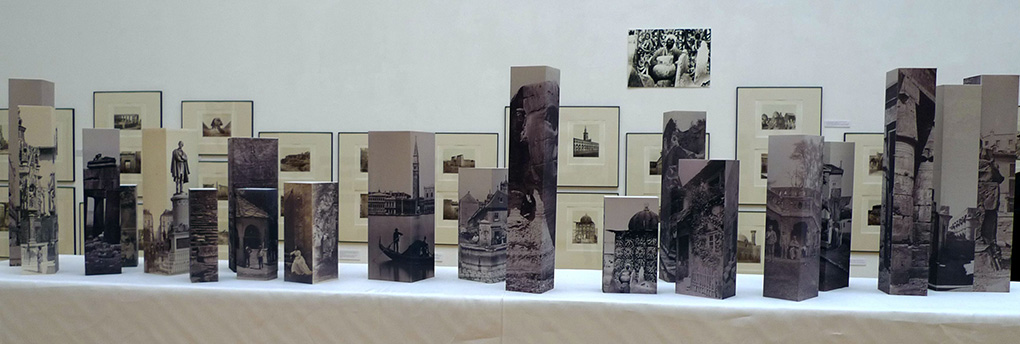
Anna PETERNÁK
Human height
2015-2016
Prints on foam board, various sizes
6-16 x 20-70 x 6-16 cm
The installation is interactive, the order and position of the elements can be rearranged.
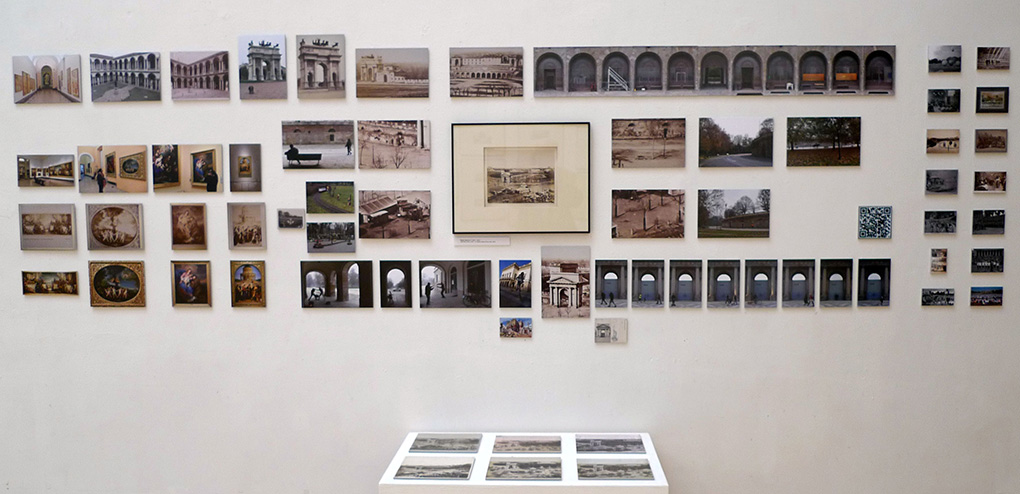
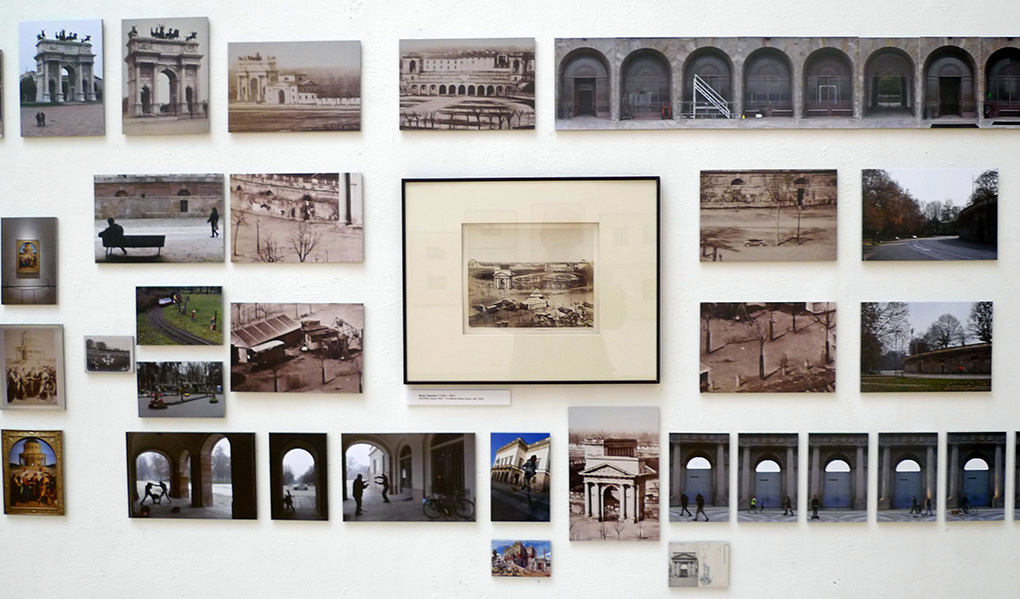
Péter PETTENDI SZABÓ
Research diary – Arena Civica Milano
2016
Prints on foam board, various sizes
(27x18 cm, 18x12cm, 12x9 cm)
Based on a selection of approx 140 historical pictures of the Arena Civica Milano
Resources from the internet:
http://www.delcampe.net
http://photoinventory.fr
http://senato.archivioluce.it
http://www.archivioluce.com/
http://www.skyscrapercity.com
http://www.magliarossonera.it
http://www.milanocastello.it
http://www.gentileschi.it
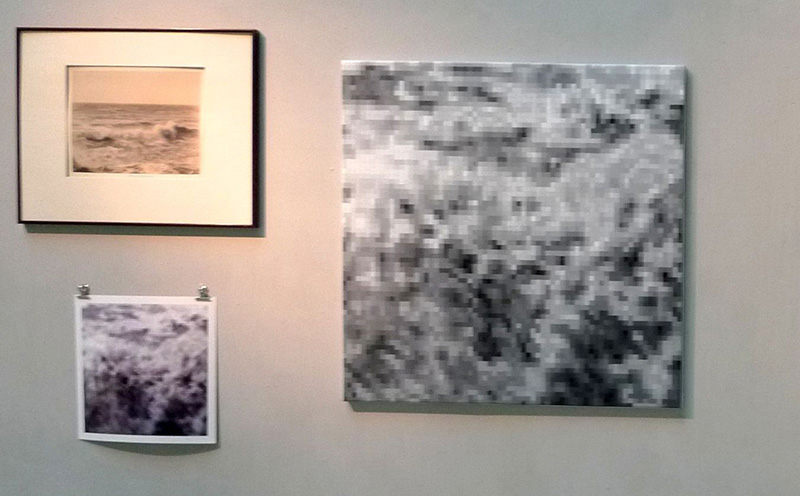
Kristóf SÁNTA
Untitled Painting
2016
Oil on canvas, 70x70 cm
In our time digital photography, digital reproduction are ordinary notions and experiences in our everyday life. Today most people are represented by themselves in the digital, virtual universe, and part of this self-representation is producing, publishing and sharing a huge mass of digital images. These images constitute an enormous mass of data, they are easily accessible, they can be easily copied, and they very seldom have a physical appearance. A lot of them are produced with the intention to be (and to be seen as) artworks – a high number of digital artists operate solely in the online world. However, the status of their works is ambiguous. These works are presented and represented in the same virtual space, in the same virtual environment with the mass of the ’profane’, everyday images, visual reproductions. What is more, they are as well mass produced, easily accessible, copyable.
My work is intended to study the loss of value of artworks, and the ’value-impregnation’ of some particular objects. The base of the work is an original photograph presented in the exhibition, and the digital representation of this particular photograph. I took this digital copy, cut out a small detail, and enlarged it to a point where (from an ordinary perspective) it can be seen only as an assemblage of pixels – a representation of the digital logic. Then I’ve made a painting of this image. The painting intends to impregnate the value of this digital image, by being a ’conventional’ artwork in every possible aspect. It was made manually in its entirety; the pixel-assemblage can be easily identified, but just as easily can be noticed the contribution of the ’artist’s hand’, which absolutely denies the digital logic. My painting, just as the original photographs exhibited, is seen as an individual artwork valued high enough to be installed, to be exhibited – so we legitimize it as an artwork the same way in which the changing environment enhanced and transformed the value of the old analog photographs.
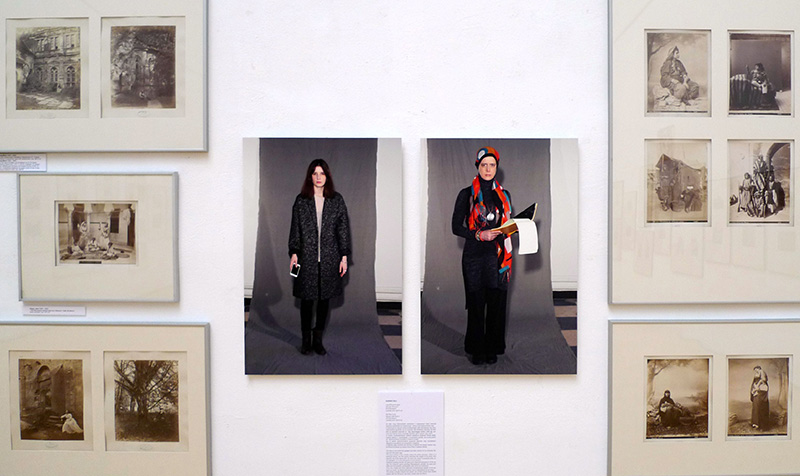
Nóra SURÁNYI
Girl with iPhone 6
2015 Budapest
Lambda print, 50x75 cm
Women with iPad 3
2015 Budapest
Lambda print, 50x75 cm
The idea to document the gadgets and their owners of our everyday life, has born few years ago.
The exact picking of the models makes the series personal. I think of a technical device, and the person becomes the subject of my photo who reminds me of the device first. Or even vice versa: if someone oddly uses a gadgets, he or she will appear on the pictures.
Classical painting themes are giving the historical background of the series. For instance: genre paintings, Renaissance portraits, but early portraits and documentary photography also serve as a backdrop.
Thus, the models with theirs attributes simultaneously appear on the pictures as muses, as allegorical figures and as descriptions of our times.
The series currently consists four pieces, two of them shown here: Zsófia Heisler with her iPhone 6, and Anna Lenárd with her iPad 3.
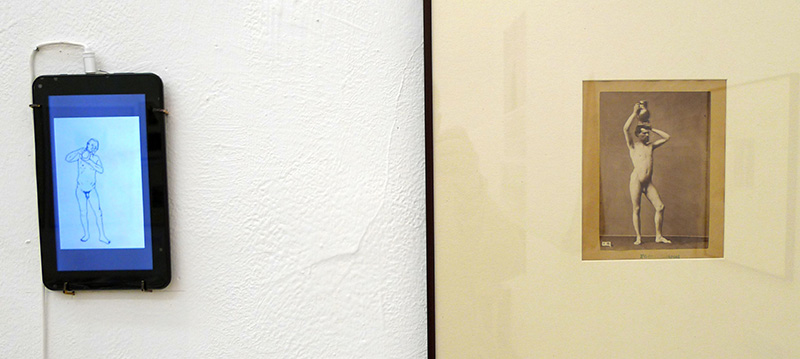
Franciska SZABÓ
Man with Pitcher
2016
looped animation 00:20 seven-bore digital frame
The movement
The animation based on a photography which illustrates a man holding a pitcher on the top of his head which belongs to the Schola Graphidis Art Collection, the archive of the Secondary School of Visual Arts. Since the combination of the object of the picture and male nude is quite unusual, I searched for art historical examples. The animation creates a link between the movements of these similar previous picture types and at the movement can also be made to be infinite.
Typical movements of these picture types in chronological order:
- Satyr with pitcher – Dionysus (Dionysian) – Bacchus (Bacchanal)
- A man holding a water pitcher shows the spot of the Last Supper to the disciples (Luke 22:7-22:13)
- Aquarius
- Waterseller
- Man with a beer jar/a wine glass (17th and 18th century Flemish painting)
The process
The hand-drawn animation consists of 280 pieces was created by the graduate class of the Secondary School of Visual Arts. During our drawing class, first and foremost, the students took pictures of the movements of a live nude model. After taking photograps they copied the pictures one by one as frames into transparent foils to be able to be digitally processed and compiled it as an animation. During the process the students were able to mediate the technical equipments with making free-hand drawing of a nude model. So the photography which originally was used in educational circumstances have been integrated again to the significally changed classroom.
Students taking part of the process:
Boglárka Ács, Dorottya Borok, Bálint Fazakas, Regina György, Jakab Flóra, Hajnalka Jámbor, Gábor Jedlicska, Kamilla Kis, Timót Gergő Kiss, Dorina Mikus, Alíz Moldován, Anh Tuan Nguyen, Ivett Opolcsik, Anna Pethő, Mátyás Schefcsik, Hajnalka Szabó, Anna Török
https://prezi.com/wuhnqigfqgxe/rotoszkop-technika-a-neve-annak-az-eljarasnak-ami-annyira/














